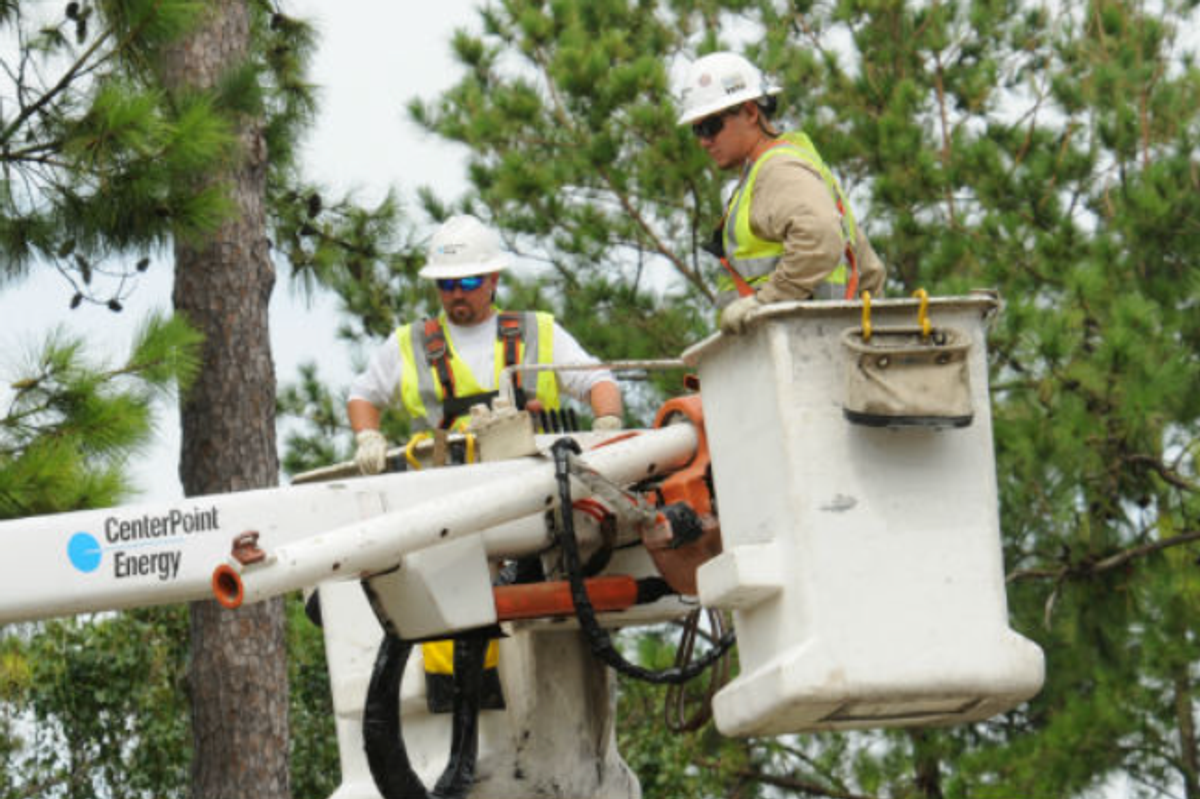Empowering the next generation: Q&A with Ramanan Krishnamoorti
THE VIEW FROM HETI
College students stand at the intersection of youth climate activism and emerging academic research that has the power to reshape the future of energy. Dr. Ramanan Krishnamoorti believe that college students have the power to tackle some of the world’s most pressing issues in energy, if given the opportunity. Krishnamoorti serves as University of Houston Vice President for Energy and Innovation and professor of chemical and biomolecular engineering is leading the university’s efforts to establish education, research and outreach partnerships to address energy and innovation challenges.
HETI sat down with Dr. Krishnamoorti to learn more about his journey in the energy industry, the importance of engaging the youth in climate change and how community partners can give college students a seat at the energy transition table.
Q: You have a passionate way of speaking about the energy transition and the mission to get to net zero by 2050. Tell us about your background in the energy industry.
My journey in the energy industry began in academia as a chemical engineer, where my early scientific focus revolved around polymeric materials, which are closely tied to the industrial and societal applications of oil and gas beyond traditional fuels.
During the early 2000s, when our society faced an energy shortage and was grappling with pressing challenges, my interest in the broader energy landscape began to take shape. It was during that time that I assumed the role of chair of the Chemical Engineering Department at the University of Houston, which provided me the remarkable opportunity to establish the petroleum engineering program (eventually department), fostering close collaboration with industry stakeholders.
This experience granted me invaluable insights into the intricate operations of the energy industry as a whole, which ultimately led to me becoming the chief energy officer at UH. Over the past decade, my deep engagement across the energy industry has allowed me to fully grasp the immense value of energy and the critical challenges we face in ensuring that it remains affordable, reliable and sustainable.
Q: When it comes to the renewable energy workforce, you’ve spoken about the need to engage current K-12 students in STEM to ensure a robust talent pool in the future. What are some ways we can help students recognize their potential as change agents in the energy transition?
In today’s rapidly evolving energy landscape, success hinges on attracting a diverse and talented workforce, whether it be in the conventional oil and gas sector, the decarbonization realm (energy transition) or the renewable energy industry. Creating a broad and inclusive pathway that appeals to students from middle school onwards is crucial. We must vividly demonstrate the transformative power of their actions and the power of learning by doing. This would inspire them to explore the fundamental disciplines of science, technology, engineering and mathematics. By connecting these academic foundations to real world challenges, we can show them the immense impact they could have in shaping a sustainable and advancing future.
Energy is the lifeblood of modern society, and providing reliable, affordable and sustainable energy for all is our collective responsibility. We must convey to students the robust career opportunities available within the industry as a whole. The skills and knowledge gained in this field are highly transferable, enabling individuals to navigate various sectors and contribute to positive change across the entire energy spectrum but also help transform the world to one of opportunities for humanity.
Q: At the recent Future of Global Energy conference presented by Chevron, you spoke about the importance of empowering young leaders to act and influence decisions around energy, climate change and sustainability. How can leading energy companies give students and recent graduates a seat at the energy transition table?
Energy companies need to recognize the passion and impatience of this new generation and tap into it. These young individuals are eager to be part of the solution and are driven by a desire for tangible success in the challenge of building an equitable and sustainable energy sector. By providing opportunities for hands-on experience and learning-by-doing, energy companies can channel their enthusiasm and leverage their digital native mindset to develop scalable solutions for the grand challenge of energy solutions across the world.
Moreover, fostering a culture of mentorship and giving back is essential. Students and recent graduates have a strong inclination to make a positive societal impact. By offering organized mentorship programs within K-12 schools and higher education institutions, they can provide avenues for young talent to contribute meaningfully and gain valuable insights and guidance from industry professionals.
Lastly, it’s crucial for energy companies to recognize and embrace the inherent consideration of environmental, social and governance issues by the new generation of entrants. When confronted by complex engineering challenges, these young leaders naturally bring a constructive perspective that incorporates ESG considerations. By actively engaging with their perspectives, companies can benefit from fresh ideas and contribute to the overall advancement of sustainable practices.
Q: Do you believe that actions and initiatives put in place by young people have the power to trigger the momentum needed to help scale energy transition related businesses?
Absolutely! The energy transition demands innovative approaches to rapidly scale up technologies, while simultaneously addressing regulatory, financial and communication engagement challenges that may lag.
The new generation of students and industry entrants have demonstrated their ability to navigate bureaucratic systems that are two steps behind the problems they face, making them adept problem solvers. By empowering and supporting them, we can leverage their strengths to confront energy transition challenges head on. This team effort, combining their fresh perspectives with the necessary resources, will accelerate momentum and drive the scaling of energy transition-related businesses.
Q: Do students today recognize the importance of the energy transition?
Today’s students not only recognize the importance of the energy transition, but they are actively driving it and making choices that clearly indicate that they are meaningfully contributing to the change. They embrace risk-taking and innovative approaches to solve real-world energy challenges –– they are comfortable in a world where they understand the issue of bottlenecks (as is common in the complex energy systems) and the need for trade-offs.
What sets them apart is their dedication to promoting justice and equity. In fact, a recent poll conducted in collaboration with the UH Hobby School of Public Affairs revealed that many UH students prioritize companies committed to addressing societal and environmental issues, even if it means a sacrifice in salary. Their commitment speaks volumes about their desire to drive change.
Q: Looking toward the future of energy, how can universities and community partners provide support that fuels innovation and energy expertise in the youth today?
To fuel innovation and cultivate energy expertise in today’s youth, universities, industry leaders and community partners must collaborate. At the University of Houston, where approximately half of students are first-generation, it is our responsibility as educators to provide vital support. This includes facilitating connections, showcasing role models and expanding their awareness of opportunities. As the energy university located in Houston, a city rich in diverse talent, we have a unique advantage of continuing to build on Houston’s global leadership and demonstrating solutions at scale. By fostering this collaboration, we can inspire and empower the next generation.
------
This article originally ran on the Greater Houston Partnership's Houston Energy Transition Initiative blog. HETI exists to support Houston's future as an energy leader. For more information about the Houston Energy Transition Initiative, EnergyCapitalHTX's presenting sponsor, visit htxenergytransition.org.










